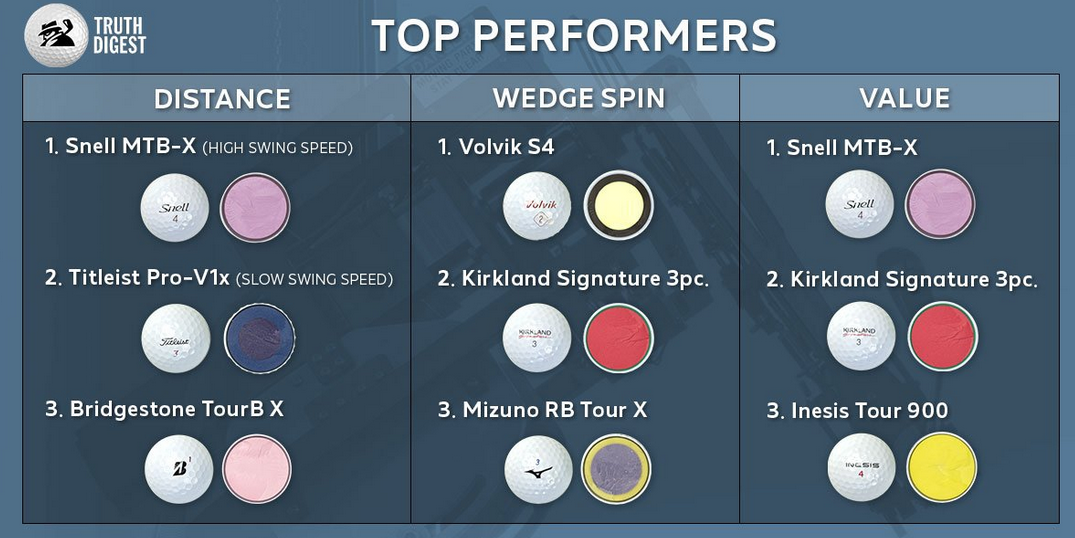Latest In Tournament Hospitality: $15,000 Tiny House Set Up At Medinah
/And the BMW Championship has a taker!
Michael LoRe of Forbes explains the concept and sale of a $15,000 (and very architecturally sophisticated) mobile home on Medinah’s 14th tee. The “Tiny House” was rented for the week and the “glamping” experience features a surrounding area outside for entertainment.
Organizers of the BMW Championship wheeled in a “Tiny House” hospitality venue located at the 14th hole on Course 3 of Medinah Country Club in Medinah, Illinois. The 320-square-foot abode sleeps up to six people and comes equipped with electricity, running water and air conditioning. Other amenities in this unique offering include a kitchen area, closet organizer and bathroom.
A Medinah Country Club member spent $15,000 to stay in the “Tiny House” from Thursday’s opening round through Sunday’s final round.
“We’re always looking for unique ideas and different types of hospitality options, so we said let’s put one on the golf course and have it as a hospitality venue,” said Vince Pellegrino, senior vice president of tournaments for the Western Golf Association, which plans and manages the BMW Championship. “We put it up and had a member who purchased it for the week. It’s glamping at a golf tournament."
























